When it comes to choosing the perfect pair of shoes, the material they are made of plays a crucial role in determining their quality, durability, and overall value. Leather shoes have long been a symbol of luxury and sophistication, but with the rise of counterfeit products flooding the market, it can be challenging to distinguish between real leather and fake alternatives. In this comprehensive guide, we will delve into the world of real leather shoes versus fake, uncovering the key differences between the two and providing you with the knowledge to make informed footwear choices. The allure of real leather shoes lies in their superior quality and craftsmanship. Genuine leather is a natural material that is sourced from animal hides, typically from cows, sheep, or goats. The production process involves tanning the hides to preserve the material and enhance its durability and flexibility. As a result, real leather shoes are known for their luxurious feel, rich texture, and distinctive aroma. The inherent characteristics of leather, such as its breathability and moisture-wicking properties, make it a popular choice for footwear that offers both style and comfort. In contrast, fake leather, also known as synthetic or faux leather, is a man-made alternative that mimics the look and feel of real leather without using animal hides. Synthetic leather is typically made from polyurethane (PU) or polyvinyl chloride (PVC) and is produced through chemical processes that create a material that is similar in appearance to genuine leather. While fake leather shoes may be more affordable than their real leather counterparts, they often lack the durability, flexibility, and breathability that are characteristic of genuine leather. One of the key differences between real leather shoes and fake leather shoes lies in their longevity and durability. Real leather shoes are known for their exceptional durability, as the natural material is able to withstand wear and tear over time. With proper care and maintenance, real leather shoes can last for years, developing a unique patina that adds to their character and charm. In contrast, fake leather shoes are more prone to cracking, peeling, and fading, as the synthetic material is less resilient and may deteriorate quickly with frequent use. In addition to durability, the comfort and fit of the shoes are also important considerations when choosing between real leather and fake leather. Real leather shoes offer a superior level of comfort, as the material molds to the shape of your feet over time, providing a custom fit that is both supportive and cushioning. The breathability of genuine leather allows for air circulation, helping to regulate temperature and prevent moisture buildup, which can lead to a more comfortable wearing experience. On the other hand, fake leather shoes may lack the flexibility and breathability of real leather, which can result in discomfort, blisters, and foot odor.
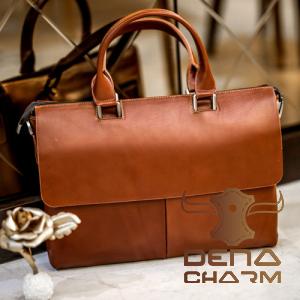
.
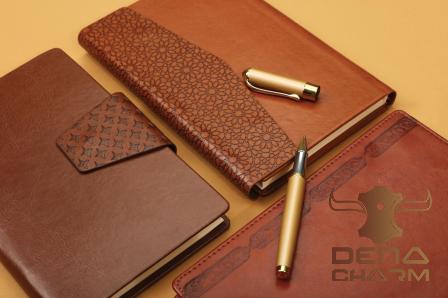 Another factor to consider when comparing real leather shoes and fake leather shoes is their environmental impact. Real leather is a natural, biodegradable material that is sourced from sustainable sources, such as by-products of the meat industry. While the production of leather does require resources and energy, it is a renewable material that can be recycled and repurposed at the end of its lifecycle. In contrast, fake leather is a synthetic material that is derived from petrochemicals, which are non-renewable resources that contribute to carbon emissions and environmental degradation. The production of synthetic leather also involves the use of toxic chemicals and pollutants, which can have negative impacts on ecosystems and human health. In terms of style and aesthetics, real leather shoes are prized for their timeless elegance and sophistication. The natural grain patterns and textures of genuine leather add depth and character to the shoes, creating a luxurious look that is unmatched by fake leather alternatives. The rich colors and sheen of real leather can enhance any outfit, from casual to formal, making it a versatile and enduring choice for footwear. Fake leather shoes, on the other hand, may lack the authenticity and authenticity of real leather, as the synthetic material can appear flat and artificial in comparison. When it comes to maintenance and care, real leather shoes require regular cleaning and conditioning to preserve their appearance and prolong their lifespan. Leather shoes should be stored in a cool, dry place away from direct sunlight and moisture to prevent damage and deterioration.
Another factor to consider when comparing real leather shoes and fake leather shoes is their environmental impact. Real leather is a natural, biodegradable material that is sourced from sustainable sources, such as by-products of the meat industry. While the production of leather does require resources and energy, it is a renewable material that can be recycled and repurposed at the end of its lifecycle. In contrast, fake leather is a synthetic material that is derived from petrochemicals, which are non-renewable resources that contribute to carbon emissions and environmental degradation. The production of synthetic leather also involves the use of toxic chemicals and pollutants, which can have negative impacts on ecosystems and human health. In terms of style and aesthetics, real leather shoes are prized for their timeless elegance and sophistication. The natural grain patterns and textures of genuine leather add depth and character to the shoes, creating a luxurious look that is unmatched by fake leather alternatives. The rich colors and sheen of real leather can enhance any outfit, from casual to formal, making it a versatile and enduring choice for footwear. Fake leather shoes, on the other hand, may lack the authenticity and authenticity of real leather, as the synthetic material can appear flat and artificial in comparison. When it comes to maintenance and care, real leather shoes require regular cleaning and conditioning to preserve their appearance and prolong their lifespan. Leather shoes should be stored in a cool, dry place away from direct sunlight and moisture to prevent damage and deterioration.
..
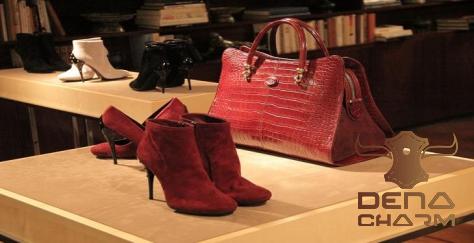 Specialized leather care products, such as cleaners, conditioners, and waterproofing treatments, can help to maintain the suppleness and luster of the leather. In contrast, fake leather shoes are generally easier to clean and maintain, as the synthetic material is less susceptible to stains and water damage. However, fake leather shoes may not respond well to conditioning or polishing treatments, as these products are designed for use on genuine leather. In conclusion, the choice between real leather shoes and fake leather shoes ultimately comes down to personal preferences, priorities, and values. While real leather shoes offer superior quality, durability, comfort, and style, they may come at a higher price point and require more care and maintenance to ensure their longevity. Fake leather shoes, on the other hand, may be more affordable and low maintenance, but they lack the luxury, authenticity, and eco-friendliness of genuine leather. By understanding the key differences between real leather and fake leather shoes, you can make an informed decision that aligns with your individual needs and values when it comes to footwear. When making a purchase decision between real leather shoes and fake leather shoes, it’s important to consider the long-term benefits and drawbacks of each option. Real leather shoes may require a higher initial investment, but their durability and timeless appeal can make them a worthwhile investment in the long run. On the other hand, fake leather shoes may offer a more budget-friendly option upfront, but their lower quality and shorter lifespan could result in the need for more frequent replacements, ultimately costing you more in the long term. In terms of ethical considerations, some consumers may prefer real leather shoes because they value the use of natural materials and support sustainable practices.
Specialized leather care products, such as cleaners, conditioners, and waterproofing treatments, can help to maintain the suppleness and luster of the leather. In contrast, fake leather shoes are generally easier to clean and maintain, as the synthetic material is less susceptible to stains and water damage. However, fake leather shoes may not respond well to conditioning or polishing treatments, as these products are designed for use on genuine leather. In conclusion, the choice between real leather shoes and fake leather shoes ultimately comes down to personal preferences, priorities, and values. While real leather shoes offer superior quality, durability, comfort, and style, they may come at a higher price point and require more care and maintenance to ensure their longevity. Fake leather shoes, on the other hand, may be more affordable and low maintenance, but they lack the luxury, authenticity, and eco-friendliness of genuine leather. By understanding the key differences between real leather and fake leather shoes, you can make an informed decision that aligns with your individual needs and values when it comes to footwear. When making a purchase decision between real leather shoes and fake leather shoes, it’s important to consider the long-term benefits and drawbacks of each option. Real leather shoes may require a higher initial investment, but their durability and timeless appeal can make them a worthwhile investment in the long run. On the other hand, fake leather shoes may offer a more budget-friendly option upfront, but their lower quality and shorter lifespan could result in the need for more frequent replacements, ultimately costing you more in the long term. In terms of ethical considerations, some consumers may prefer real leather shoes because they value the use of natural materials and support sustainable practices.
…
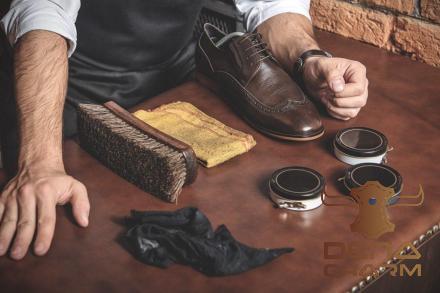 Genuine leather is a by-product of the meat industry, which means that using leather helps to reduce waste and maximize the use of animal resources. By choosing real leather shoes from reputable sources that adhere to ethical and environmental standards, you can feel confident in your decision to support responsible and sustainable practices within the fashion industry. However, for those who prioritize animal welfare and environmental sustainability, opting for fake leather shoes may align more closely with their values. Synthetic leather eliminates the need for animal products and reduces the environmental impact associated with traditional leather production processes. By choosing fake leather shoes made from eco-friendly materials and produced using sustainable practices, you can minimize your carbon footprint and contribute to a more environmentally conscious footwear industry. It’s also worth noting that the market for fake leather shoes has evolved in recent years, with advancements in technology and materials leading to the development of high-quality, eco-friendly alternatives to traditional synthetic leather. Innovations such as plant-based leather, recycled materials, and bio-based polymers offer consumers a more sustainable and ethical choice when it comes to faux leather footwear. These eco-friendly alternatives strive to replicate the look and feel of genuine leather while minimizing the negative impacts on the environment and animal welfare. Ultimately, the decision between real leather shoes and fake leather shoes is a personal one that depends on your individual preferences, values, and lifestyle. Whether you prioritize quality, durability, style, ethics, or sustainability, there are options available to meet your needs within the realm of both real and fake leather footwear. By considering the key differences outlined in this guide and conducting research on reputable brands and suppliers, you can make an informed choice that aligns with your values and ensures that your footwear reflects your commitment to quality, comfort, and style.
Genuine leather is a by-product of the meat industry, which means that using leather helps to reduce waste and maximize the use of animal resources. By choosing real leather shoes from reputable sources that adhere to ethical and environmental standards, you can feel confident in your decision to support responsible and sustainable practices within the fashion industry. However, for those who prioritize animal welfare and environmental sustainability, opting for fake leather shoes may align more closely with their values. Synthetic leather eliminates the need for animal products and reduces the environmental impact associated with traditional leather production processes. By choosing fake leather shoes made from eco-friendly materials and produced using sustainable practices, you can minimize your carbon footprint and contribute to a more environmentally conscious footwear industry. It’s also worth noting that the market for fake leather shoes has evolved in recent years, with advancements in technology and materials leading to the development of high-quality, eco-friendly alternatives to traditional synthetic leather. Innovations such as plant-based leather, recycled materials, and bio-based polymers offer consumers a more sustainable and ethical choice when it comes to faux leather footwear. These eco-friendly alternatives strive to replicate the look and feel of genuine leather while minimizing the negative impacts on the environment and animal welfare. Ultimately, the decision between real leather shoes and fake leather shoes is a personal one that depends on your individual preferences, values, and lifestyle. Whether you prioritize quality, durability, style, ethics, or sustainability, there are options available to meet your needs within the realm of both real and fake leather footwear. By considering the key differences outlined in this guide and conducting research on reputable brands and suppliers, you can make an informed choice that aligns with your values and ensures that your footwear reflects your commitment to quality, comfort, and style.
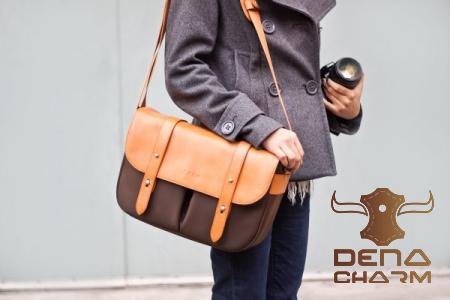
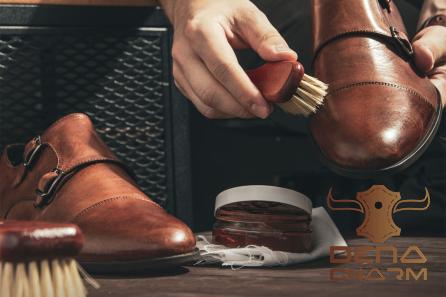
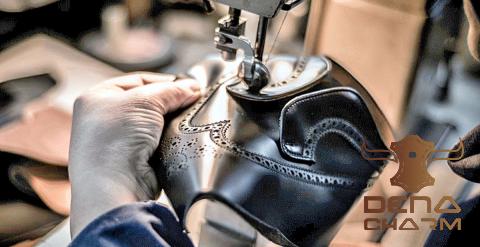
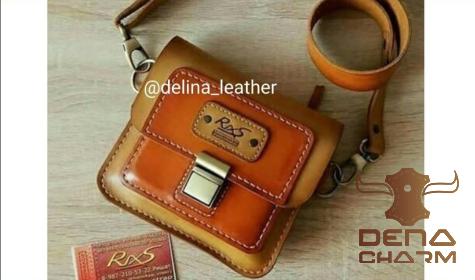
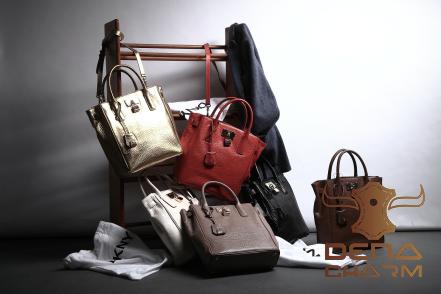
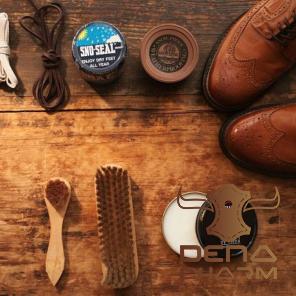
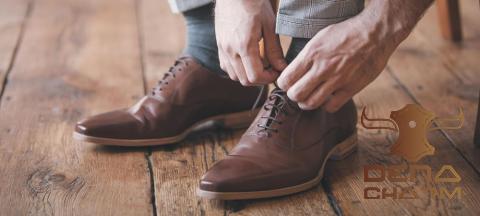
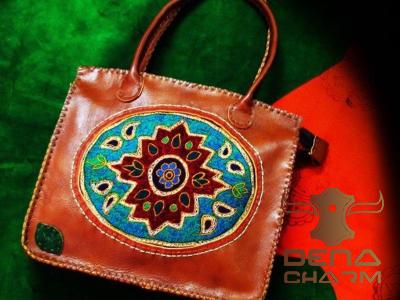
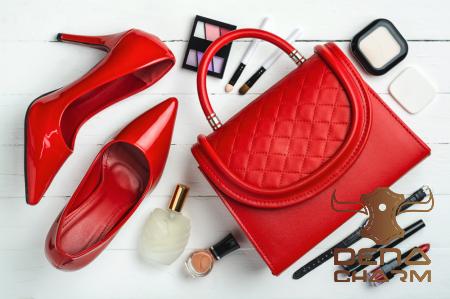
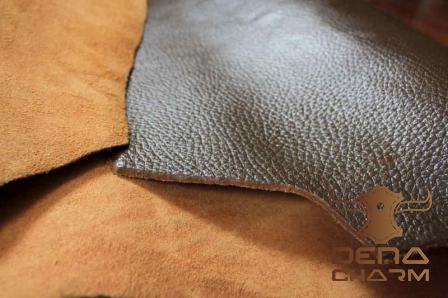
Your comment submitted.